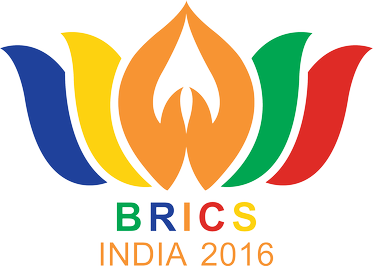
Indian officials indicated that the government continues to prioritise economic stability and global integration over joining a common BRICS currency. Analysts argue that India’s approach—which favours incremental use of local currencies and bilateral payment systems—reflects a broader strategic interest in maintaining strong trade linkages with the United States and other dollar-dependent partners.
The idea of a BRICS-wide monetary union has been championed most forcefully by Russia and China, who view it as a means to reduce dollar dependency and bolster economic sovereignty. Russia has proposed a gold‑linked currency or a basket model akin to IMF Special Drawing Rights. But even within expanded BRICS—including Brazil, South Africa, Egypt, UAE, Ethiopia, Indonesia and Iran—consensus remains elusive. Brazil’s central bank has declared that BRICS does not currently hold enough reserve assets to create a rival currency within the next decade.
Indian policymakers appear to advocate a more cautious stance. Reserve Bank governor Shaktikanta Das recently described de‑dollarisation as part of a broader strategy to
‘de-risk’ trade, not to supplant the dollar with an alternative currency. External Affairs Minister S. Jaishankar emphasised that India is focused on strengthening its own currency, not pursuing a collective BRICS note.
This approach reflects a balancing act. India has expanded use of the rupee in bilateral trade, especially with Russia and Iran, but these ties are modest compared to overall trade volumes. Trade with Russia continues to settle mostly in dollars, partly because Indian banks are wary of US sanctions. Moreover, reports indicate that Russia and China now settle 90 percent of their bilateral trade in local currencies—mostly renminbi and rubles—but India has not matched that trend.
Ahead of the BRICS foreign ministers’ meeting in Rio de Janeiro, the bloc signalled that while it may explore expanded use of local currencies in trade, formal discussions on a single currency remain "at an early stage" and no immediate steps are expected. Reuters emphasised that Brazil, now steering the BRICS agenda, has already deprioritised the joint currency initiative in favour of alternative payment systems and blockchain-based cross‑border mechanisms.
Brazil’s monetary policy director, Nilton David, noted that despite exploratory work on payment links and blockchain standards under its presidency, the dollar remains the cornerstone of global finance and will continue to do so for the foreseeable future. He described cryptocurrencies such as bitcoin as speculative assets, lacking the breadth and regulatory underpinnings to displace the dollar.
Within BRICS, competing priorities and national interest divergences have hindered any unified momentum. Experts point to India’s significant trade and defence relationships with the West, which serve as strong deterrents against adopting a path that might antagonise key partners. Chintamani Mahapatra of the Kalinga Institute highlighted that larger economies like China would dominate any common currency, making it unviable without mutual trust.
In contrast, Russia continues to advance digital innovation through BRICS Pay, a decentralised payment messaging system designed to circumvent SWIFT and facilitate transactions in local currencies. Launched in 2018, BRICS Pay has received backing from China and Russia and aims to foster safer, lower-cost settlement among member states—though officials stress it is not intended as a channel for a shared currency.
Akshat Shrivastava’s comments underline India's measured stance. By framing India’s decision as a “smart move,” he emphasises the economic logic underpinning the government's choice: aligning with the dollar helps preserve global trade stability while the infrastructure for alternative systems remains underdeveloped. India remains engaged in exploring local‑currency settlement mechanisms, although plans for a unified BRICS instrument have been shelved.
India's decision reflects a deliberate and strategic posture in global economic policymaking. As BRICS evolves with new members and digital payment innovations like BRICS Pay, India appears content to pursue measured diversification rather than disruptive transformation of the dollar‑centred order.
